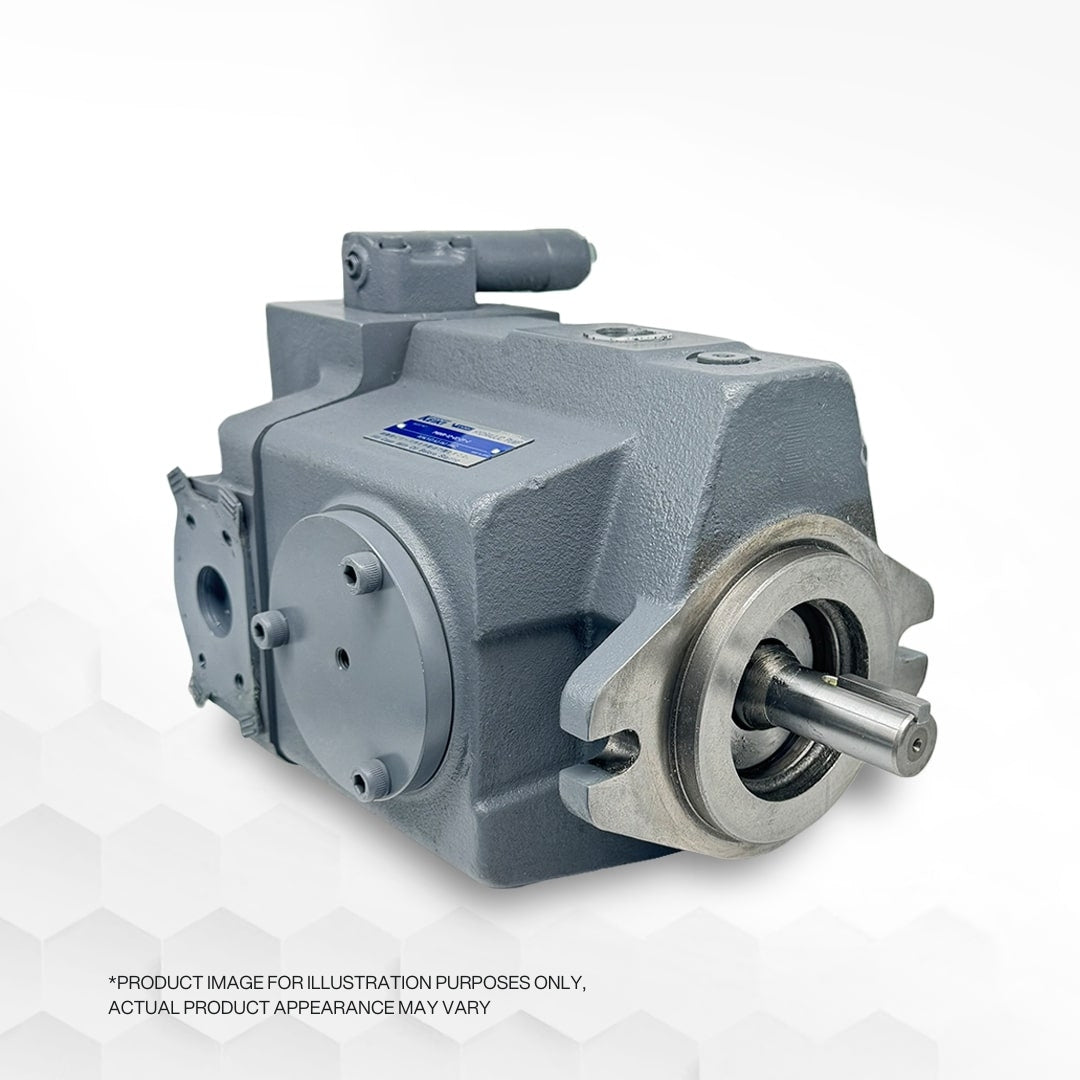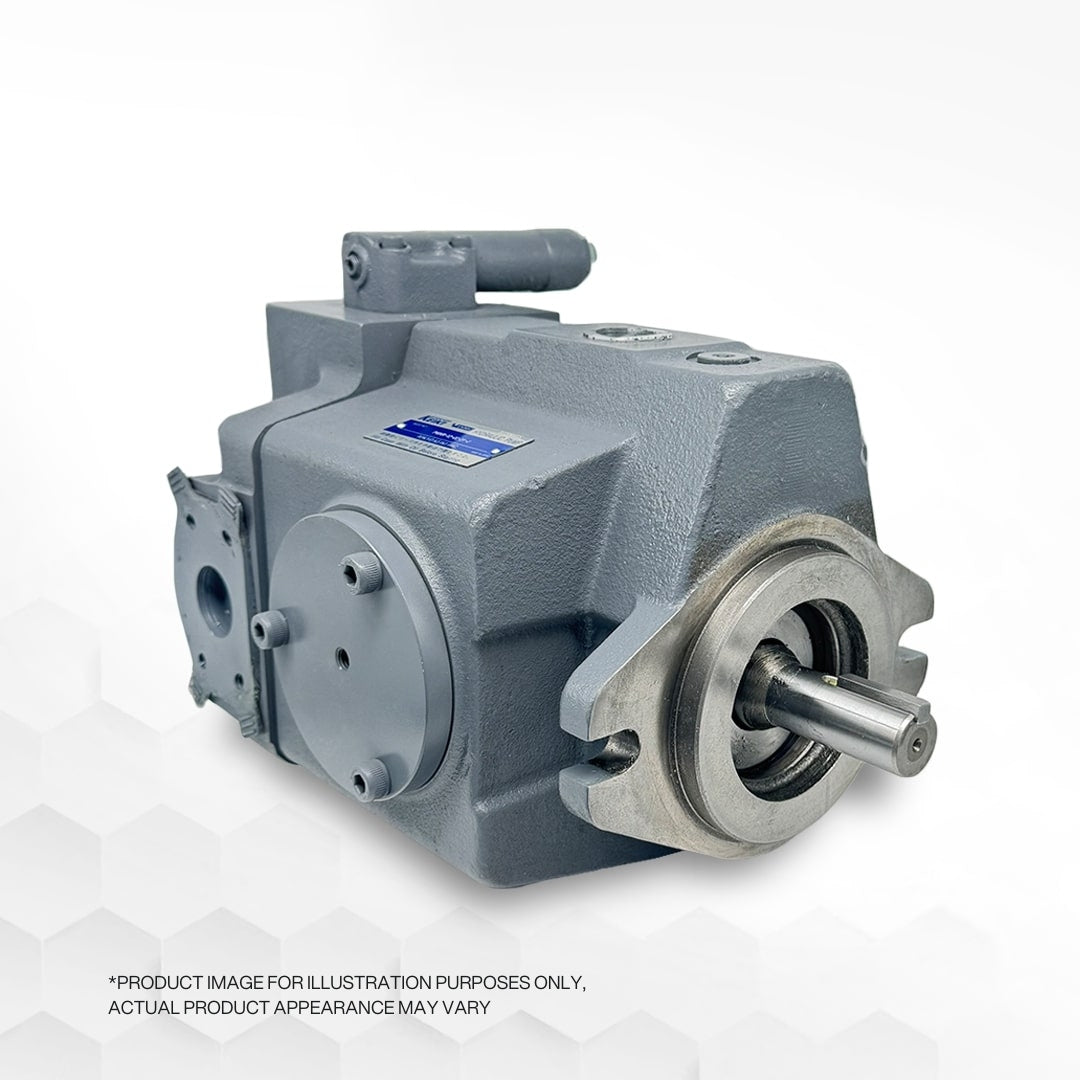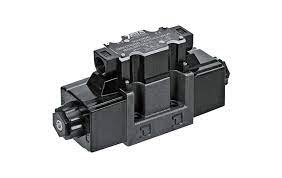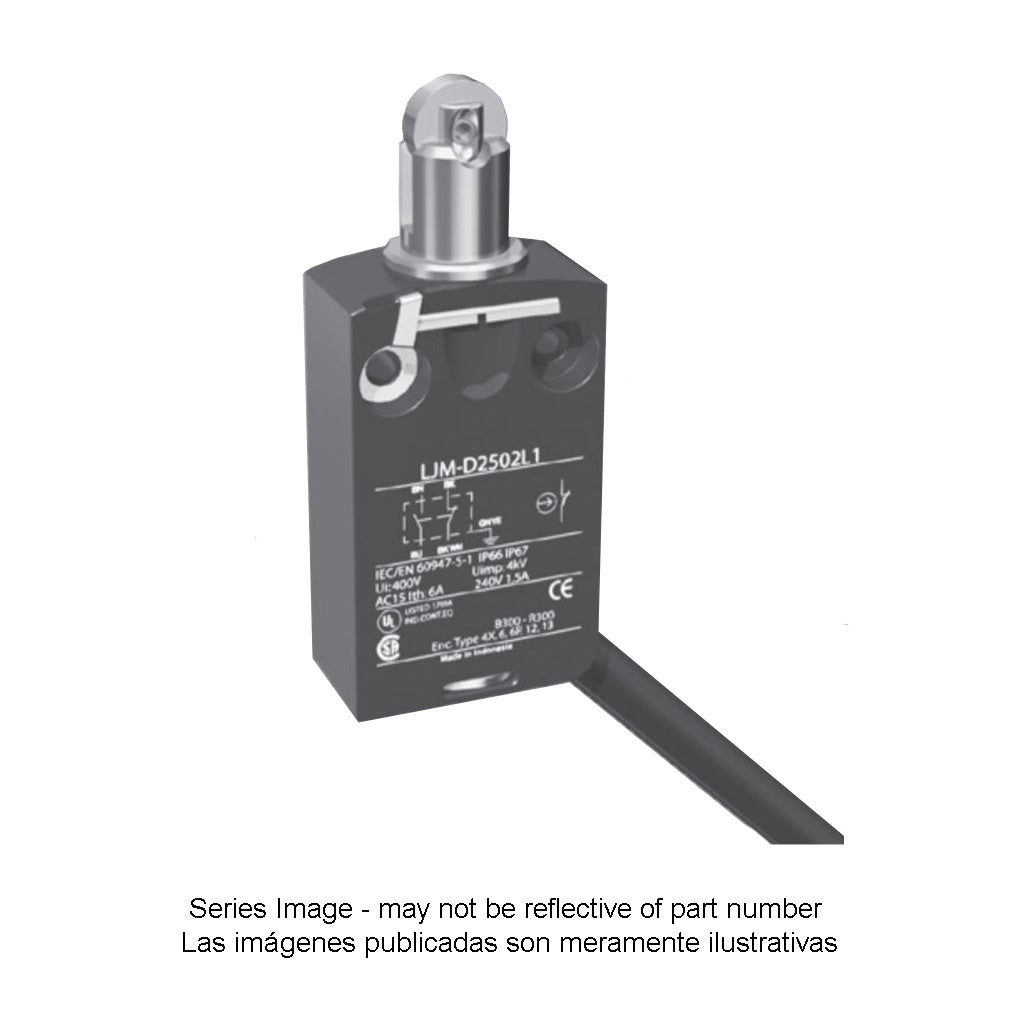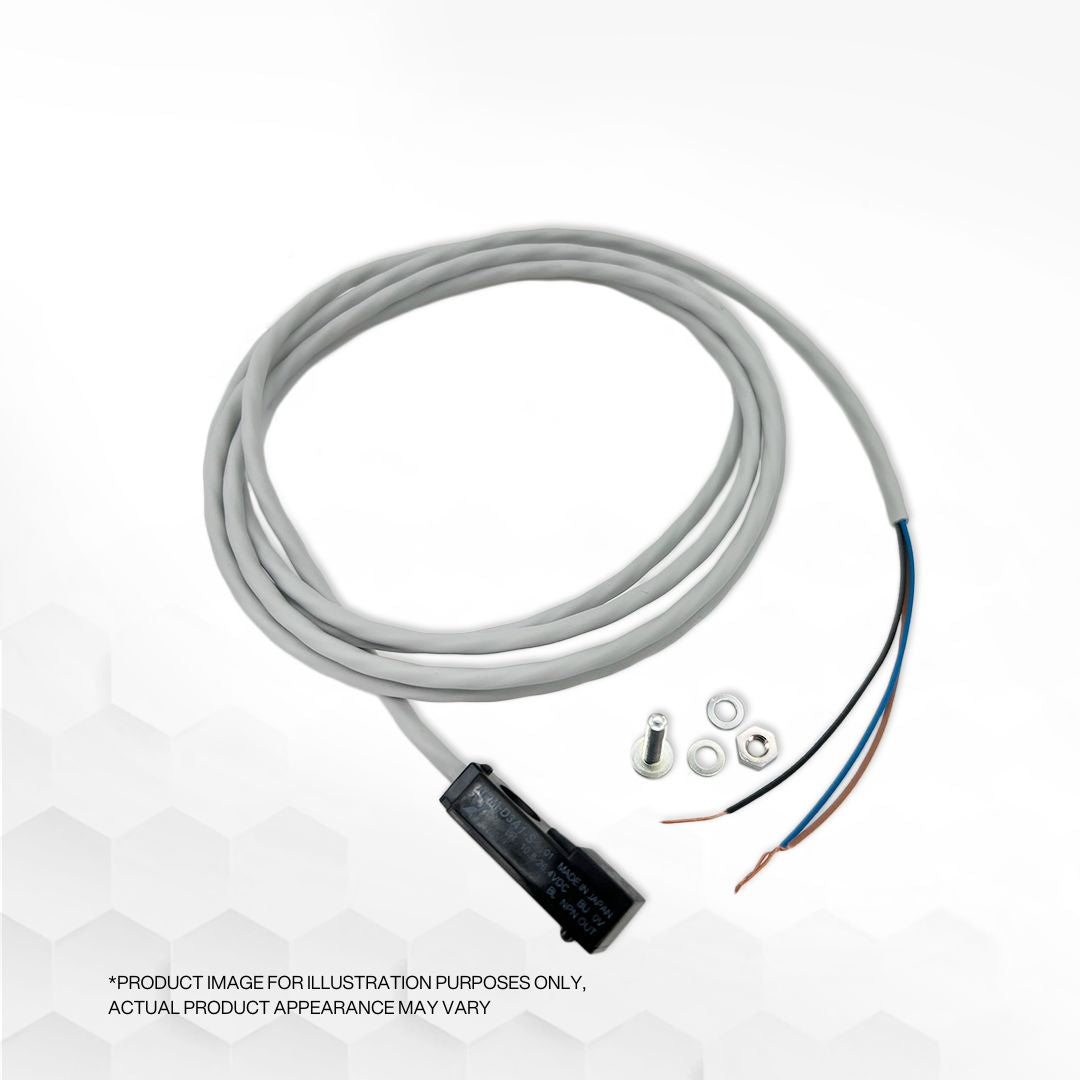
Water and Bearings
Preventing water from entering the bearing is the primary and most effective method to avoid water-induced damage. Water can harm bearings in two ways: through wear on contact surfaces, leading to surface destruction and fatigue initiation points, and by interfering with lubrication, causing abrasive wear and surface-initiated fatigue during rotation. To safeguard bearings from water damage, effective sealing and greasing are essential.
Applying functional seals that prevent water ingress and allow drainage when necessary is crucial. While stainless steel may resist corrosion to some extent, it can compromise bearing capacity. Coatings, such as zinc alloy coatings on standard-bearing steel, offer a viable solution as they address both corrosion and lubricant interruption issues.
In the industrial market, availability may be limited for specific weathering-resistant bearing types, but certain sizes related to particular applications are regularly produced. For instance, high nitrogen stainless steel bearings have proven successful in some compressors used in the oil and gas industry, albeit at a higher cost. Nonetheless, investing in appropriate bearings that prevent water penetration can save money by avoiding production losses and costly repairs caused by bearing failure.
In conclusion, the fundamental approach to prevent water-induced damage to bearings is to block water ingress effectively, which, in turn, ensures optimal machine performance and reduces the need for specialized, costly bearings in severe operating conditions.
